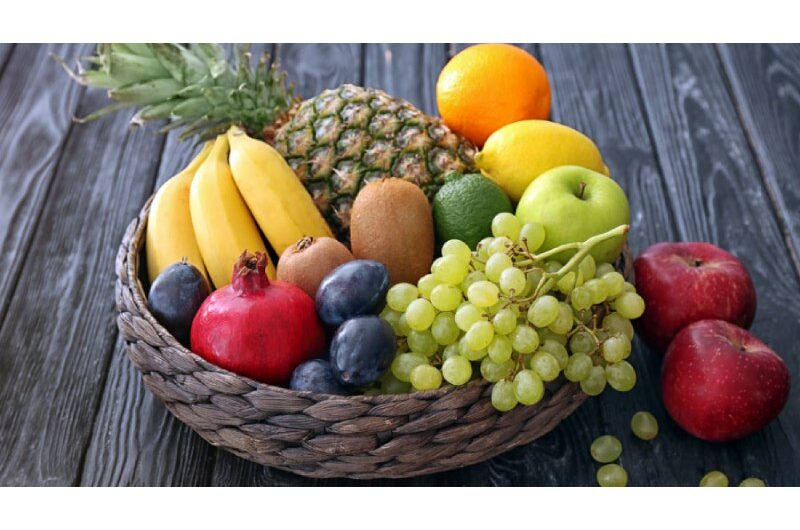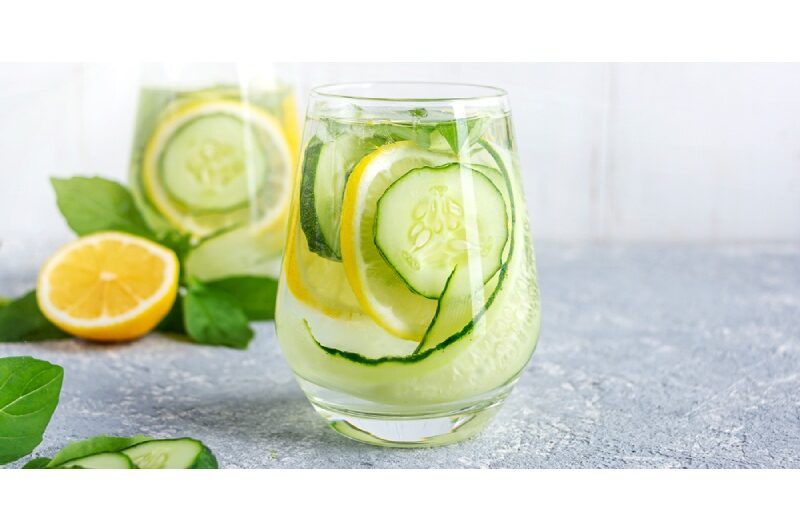Though they are frequently used in salads, fajitas, and burritos, bell peppers are not technically considered vegetables.
Yes, in contrast to what many people think, bell peppers are actually considered fruits. According to botany, they belong in the category of berries, which are densely seeded, juicy fruits. In formal terms, even jalapeños—the hot relative of bell peppers—are fruits.
Does that mean anything differently in terms of nutrition? The following is what a registered dietitian had to say about the health advantages of eating a variety of colorful peppers, along with some inventive ways to incorporate them into meals and snacks.
What kind of bell pepper is the healthiest?
According to registered dietitian Danielle Crumble Smith, red bell peppers are the most nutrient-dense since they have had more time to develop and contain more vitamins and antioxidants. Because of the presence of beta-carotene, which also gives red bell peppers their color together with lycopene, they have higher quantities of vitamin C and vitamin A.
The main distinction between bell peppers that are red, orange, yellow, and green is their ripeness. Because they are not as ripe as their redder, sweeter siblings, green bell peppers have a higher bitterness. In general, you’ll acquire more nutrients from peppers that are darker in color.
According to Crumble Smith, this also implies that green peppers have less sugar and carbs, however not to the point where it significantly alters a person’s diet.
Peppers that are yellow or orange have a medium sweetness and nutritional value.
According to Crumble Smith, “they are still good sources of vitamin C and they will still provide some amounts of vitamin A.” “These are also excellent providers of zeaxanthin and lutein.”
Red peppers also include smaller concentrations of two antioxidants that are good for the health of the eyes, lutein and zeaxanthin.
In all honesty, bell pepper variety in color is ideal, according to Crumble Smith. Red bell peppers with more sweetness might work better in some recipes, while green peppers might work better in others.
“We eat with our eyes too,” she says. “Having different colors makes things visually more appealing and then we’re more excited to eat them.”
Do bell peppers provide health benefits?
Vitamins C, A, B6, and B9 are abundant in peppers, according to Crumble Smith. Like many other fruits and vegetables, they’re a good source of dietary fiber. Flavonoids, sometimes known as phytonutrients, are another natural substance that is rich in red peppers and helps balance hormones and treat the symptoms of cardiovascular disease.
In general, vegetables play a significant role in a balanced diet. The Centers for Disease Control and Prevention report that only 10% of Americans eat enough veggies each day.
If your favorite “vegetable” is bell peppers, there are several ways to eat more of them. Try adding peppers to a stir-fry or chili; chop them up for a salad, or use them to add flavor and color to salsa. Sliced thinly, peppers also work well as a pizza topping or to provide crunch to a wrap or sandwich.
Bell peppers are a favorite food of Crumble Smith’s to eat with dips like salsa, hummus, or guacamole.
“For somebody watching sodium intake or needing to watch their carbohydrate intake, (chips) might not be the most nutrient-dense snack. Instead, using peppers as a vessel for different dips … can be a great way for people to increase their veggie intake in a fun way,” she says.
Should bell peppers be eaten fresh or cooked?
You can follow your preferences even if cooking bell peppers reduces some of their nutrients while increasing others.
According to Crumble Smith, “You’re going to get nutrition benefits either way.”
Certain types of cooking increase the body’s ability to absorb carotenoids, such as beta carotene; other cooking methods, such as frying, reduce their availability.
Because the B vitamins and vitamin C are soluble in water and sensitive to heat, heating peppers for extended periods of time can limit your absorption, particularly when boiling them. To preserve some of the vitamins, Crumble Smith suggests turning the water into a vegetable stock rather than discarding it.
Topics #bell pepper #colors










